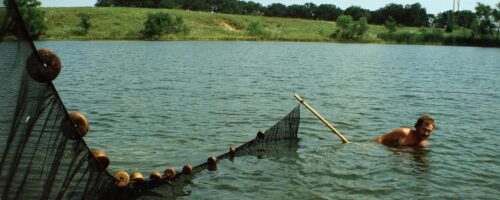Category: Ponds
Categories
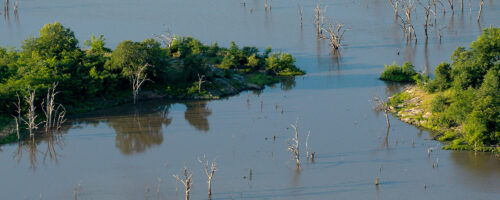
Regenerative Ranching Runs Downstream
Estimated reading time: 8 minutes
Land management decisions have consequences – both good and bad – for your ranch’s watershed and th...
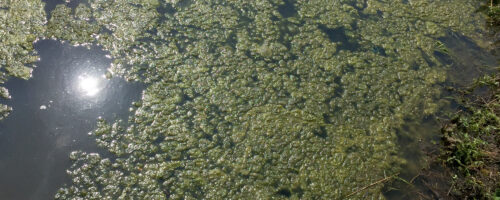
Aquatic Vegetation in Ponds
Estimated reading time: 7 minutes
This article originally appeared in the March 1998 Ag News and Views newsletter, revised 2023.
Cattails – Habitat or Hassle
Estimated reading time: 4 minutes
Cattails can be desirable or undesirable, depending upon a pond or marsh manager's goals.
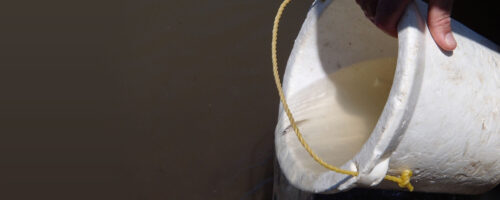
Think Before Putting Fish, Plants, Water and More in a Pond
Estimated reading time: 4 minutes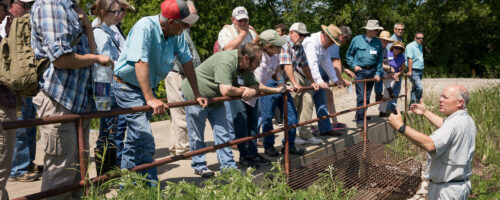
Exclosures for Preventing Beaver Damage
Estimated reading time: 7 minutes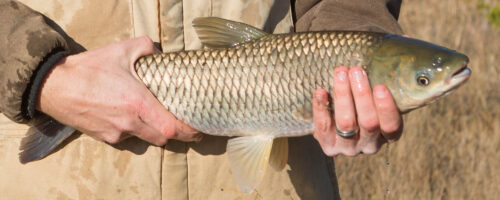
Grass Carp Is an Option to Control Aquatic Plants
Estimated reading time: 6 minutes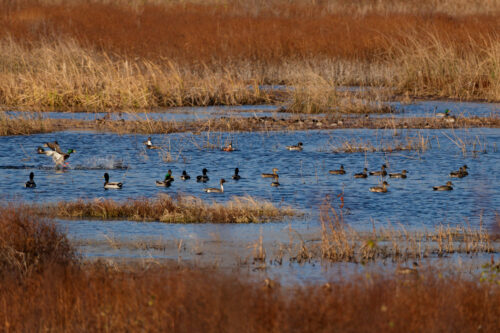
Depth, watershed considerations guide pond design
Estimated reading time: 4 minutes
Two characteristics that should be considered before constructing a new pond are depth and watershed.
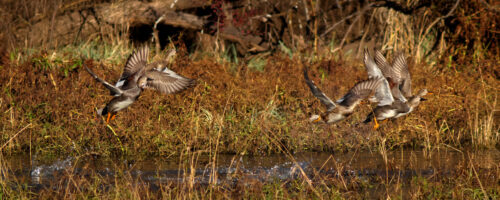
3 Ways to Attract More Ducks to Your Pond
Estimated reading time: 5 minutes
To attract more ducks to your pond, manage for clearer water, less disturbance and more duck food.
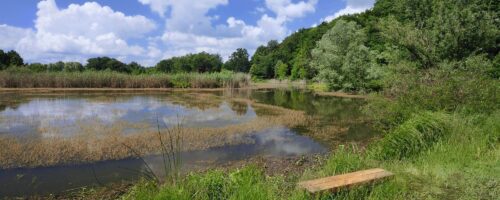
Wetlands provide ecological and economic benefits
Estimated reading time: 3 minutes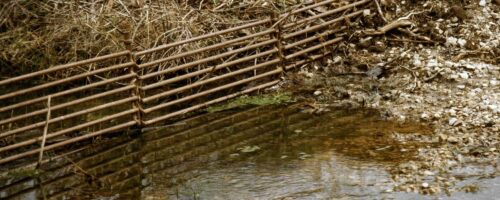
Panel-Type Parallel-Bar Fish Barriers
Estimated reading time: 3 minutes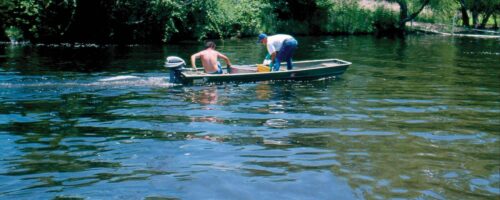
Fish Population Renovation During Drought
Estimated reading time: 4 minutes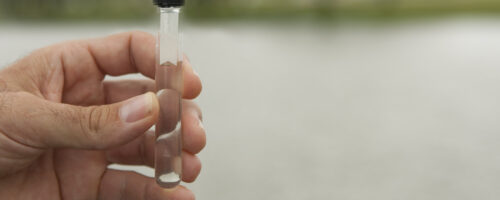
Fish Pond Water Quality: As Simple as Chemistry 101
Estimated reading time: 4 minutes
Water quality is one of the most overlooked aspects of pond management - until it affects fish production...
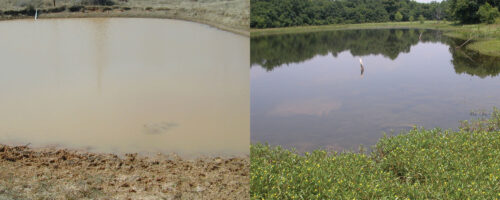
Let’s Clear the Waters
Estimated reading time: 3 minutes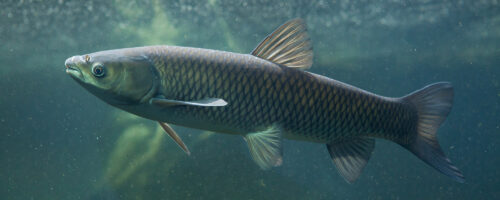
Controlling Aquatic Vegetation with Grass Carp
Estimated reading time: 5 minutes
In many situations, the use of grass carp is an economical, long lasting, and effective option. However,...
Lotus: Is it Friend or Foe?
Estimated reading time: 3 minutes